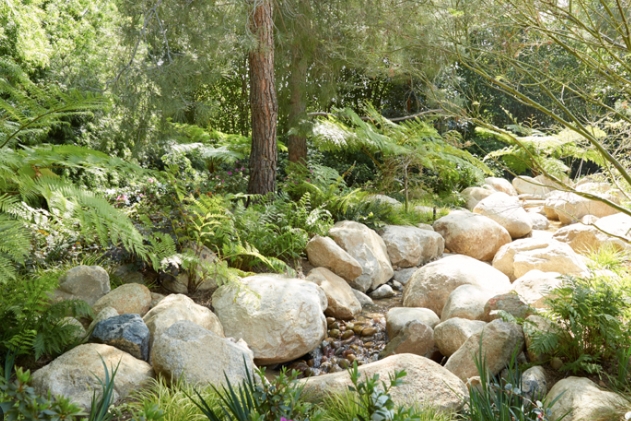Landscape architecture is evolving rapidly to meet the demands of an increasingly eco-conscious society. Harnessing nature is the latest trend in ecological design, as designers seek to create sustainable and environmentally-friendly outdoor spaces. Here are some of the top trends in ecological landscape architecture:
1. Green roofs and walls
Green roofs and walls are becoming increasingly popular as a way to incorporate greenery into urban environments. These living surfaces help to reduce energy consumption, mitigate the urban heat island effect, and provide habitats for wildlife.
2. Rain gardens
Rain gardens are designed to capture and filter stormwater runoff, reducing pollution and preventing erosion. These visually appealing features can be incorporated into both residential and commercial landscapes.
3. Native plants
Using native plants in landscaping projects can help to support local ecosystems and reduce the need for irrigation and fertilizers. Native plants are also well-suited to the local climate and soil conditions, making them low-maintenance options for sustainable landscapes.
4. Permeable paving
Permeable paving allows rainwater to soak into the ground, reducing the risk of flooding and pollution from runoff. These surfaces can be made from a variety of materials, including gravel, grass, and porous concrete.
5. Habitat restoration
Habitat restoration projects aim to create or restore natural habitats for wildlife, such as wetlands, meadows, and woodlands. These projects not only provide important habitats for biodiversity but also serve as educational tools for the public.
6. Food forests
Food forests are designed to mimic natural forest ecosystems, with layers of trees, shrubs, and groundcover plants that produce food for humans and wildlife. These sustainable landscapes can provide fresh, local food while also supporting ecological diversity.
7. Permaculture design
Permaculture design focuses on creating holistic, self-sustaining systems that mimic natural ecosystems. By integrating elements such as food production, water management, and habitat creation, permaculture landscapes can provide multiple benefits for both people and the environment.
In conclusion, the latest trends in ecological design in landscape architecture are all about harnessing the power of nature to create sustainable, beautiful outdoor spaces. By incorporating green roofs, rain gardens, native plants, permeable paving, habitat restoration, food forests, and permaculture design principles, landscape architects can help to create a more resilient and environmentally-friendly world.

